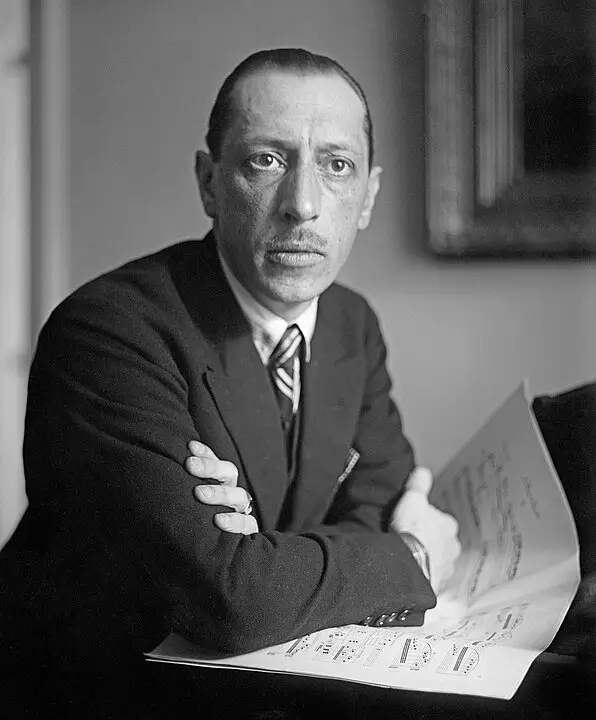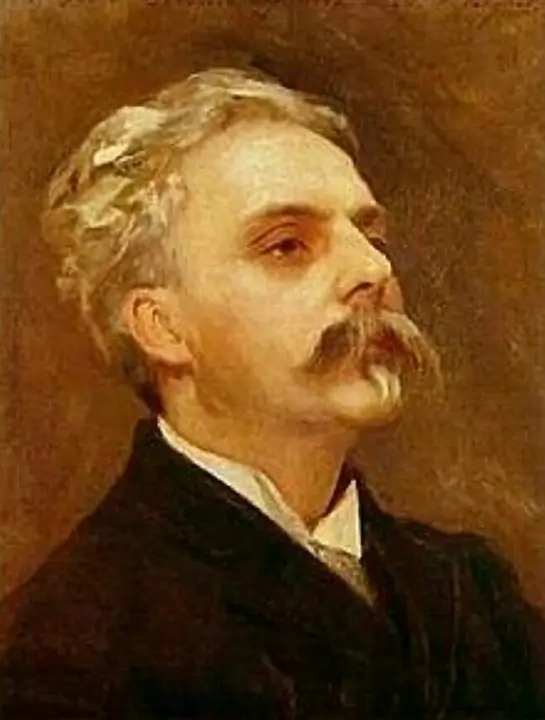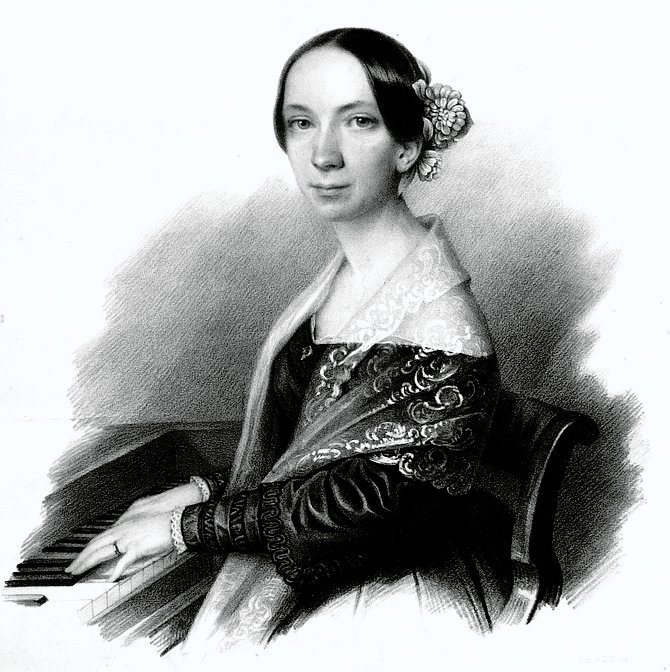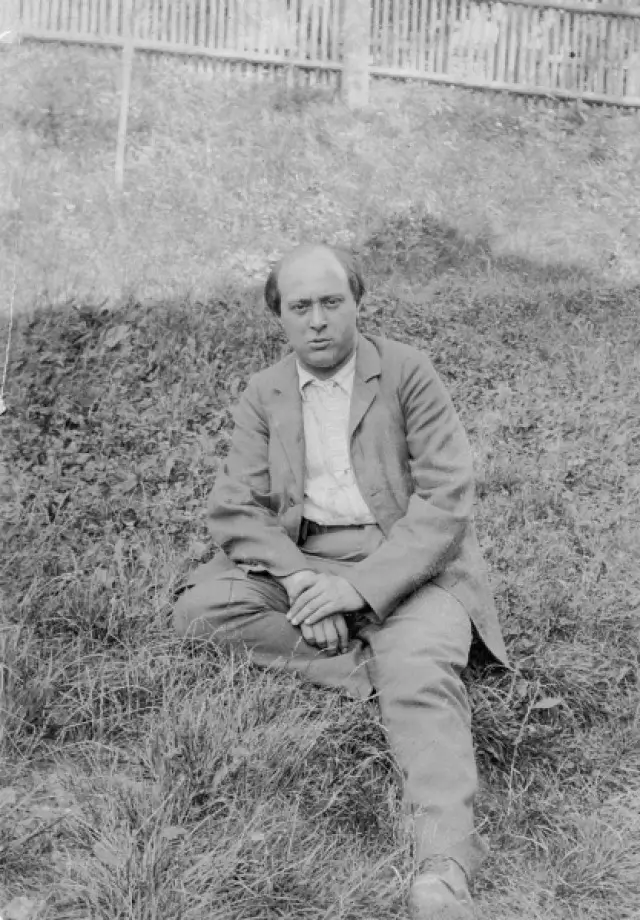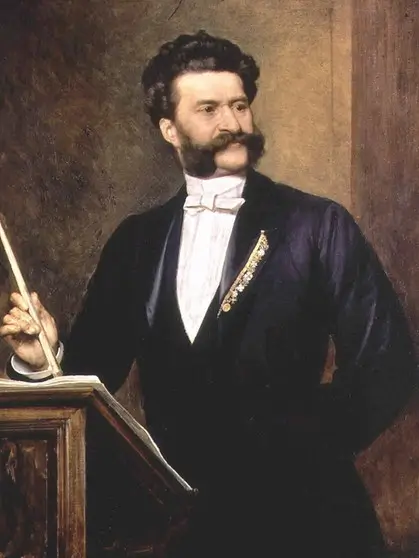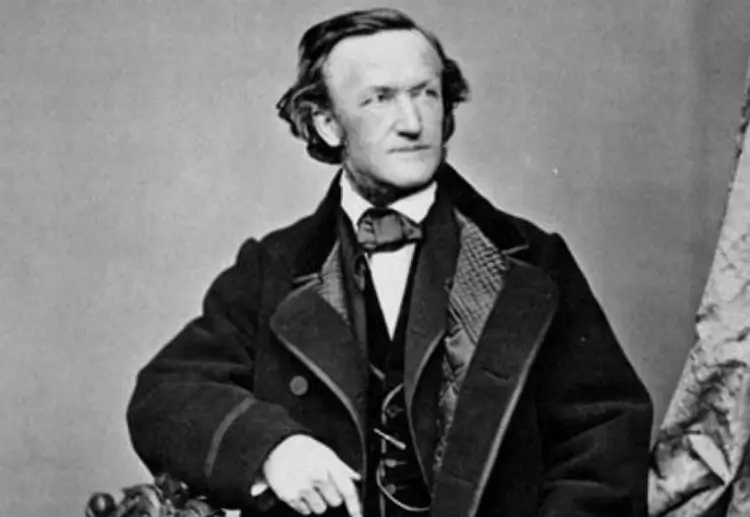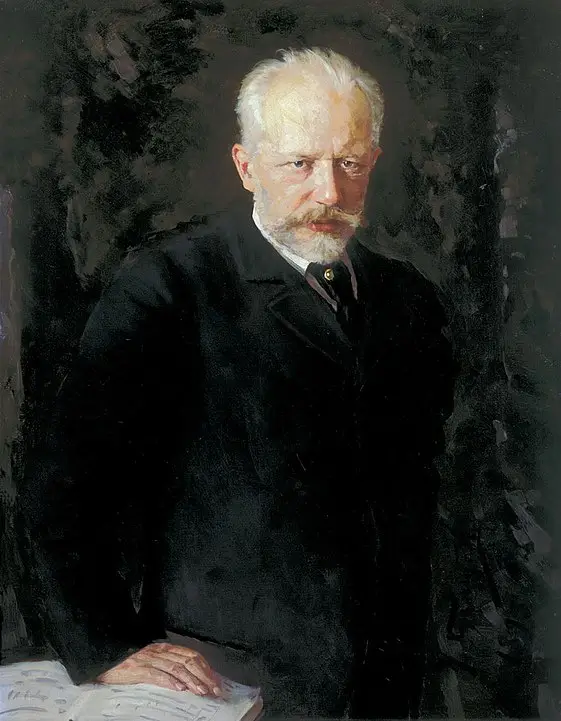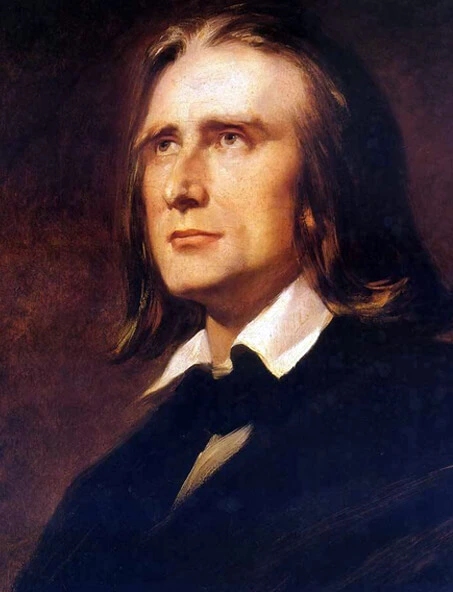Introduction
Igor Stravinsky stands as one of the most influential composers of the 20th century, renowned for his stylistic diversity and innovative compositions. His work has profoundly impacted the world of music, pushing the boundaries of musical design and expression. Stravinsky’s ability to adapt and explore different musical idioms while maintaining a distinctive voice is a testament to his genius. His compositions, ranging from ballets and symphonies to chamber works and operas, continue to be celebrated for their revolutionary approach and enduring appeal.
Early Life
Born on June 17, 1882, in Oranienbaum, a suburb of Saint Petersburg, Russia, Igor Stravinsky was the third of four sons. His father, Fyodor Stravinsky, was a well-known bass singer at the Imperial Opera, and his mother, Anna, was a talented pianist. Despite his musical lineage, Stravinsky’s early education was geared towards law. However, the allure of music was too strong to resist, and it soon became clear that his passion lay not in legal matters but in the artistic challenges of musical composition.
Musical Training and Development
Stravinsky began his musical education under the guidance of Nikolai Rimsky-Korsakov, one of Russia’s leading composers at the time. Initially, Stravinsky received informal lessons, but after the death of his father in 1902, he committed fully to pursuing a career in music. Under Rimsky-Korsakov’s tutelage, Stravinsky developed a firm foundation in musical theory and composition, which would later influence his early works. His studies were interrupted by the Russian Revolution, but by then, Stravinsky had already begun to establish himself as a promising young composer.
Major Works and Compositions
Stravinsky’s breakthrough came with the premiere of “The Firebird” ballet in 1910, commissioned by Sergei Diaghilev for the Ballets Russes. This success was followed by more ballets, including “Petrushka” (1911) and “The Rite of Spring” (1913), the latter of which caused a riot at its premiere due to its avant-garde nature. Throughout his career, Stravinsky experimented with various styles, from neoclassicism, as heard in “Pulcinella” (1920) and “Symphony of Psalms” (1930), to serialism in his later works like “Agon” (1957).
Connections to Other Composers
Stravinsky’s career was marked by numerous interactions with other leading artists and composers. He had a particularly complex relationship with Arnold Schoenberg, whose developments in atonality and serialism contrasted with Stravinsky’s own evolving styles. Despite their differences, Stravinsky acknowledged Schoenberg’s profound influence on 20th-century music. Additionally, Stravinsky had connections with composers such as Claude Debussy and Sergei Prokofiev, each influencing his music in different ways.
Character and Philosophy
Stravinsky was known for his assertive personality and intellectual rigor. His approach to composition was both disciplined and innovative, often seeking to challenge and redefine traditional forms and expectations. Stravinsky himself once said, “Music is, by its very nature, essentially powerless to express anything at all.” This philosophy underpinned his focus on music as a craft and art form, rather than a tool for narrative or self-expression.
Life in different Cities
Throughout his life, Stravinsky lived in several cities that influenced his artistic output. After the Russian Revolution, he moved to Switzerland and later settled in France, becoming a significant figure in the Parisian cultural scene. In 1939, he moved to the United States, where he lived in Los Angeles and became a naturalized citizen. Each city offered him different musical and cultural perspectives, enriching his compositions and collaborations.
Death and Legacy
Igor Stravinsky passed away on April 6, 1971, in New York City. His death marked the end of an era in music history, but his legacy continues to thrive. Stravinsky’s innovative techniques and compositions have influenced countless composers and musicians. His works are regularly performed worldwide, and his approach to rhythm, structure, and harmony remains a cornerstone of musical education. Stravinsky’s impact on music is indelible, ensuring his place in the pantheon of great composers.
In conclusion, Igor Stravinsky’s contributions to music were not just products of his time but continue to resonate with contemporary audiences and musicians. His relentless pursuit of new musical expressions and forms has left a lasting imprint on the world of classical music, making him one of the defining figures of the 20th century.

